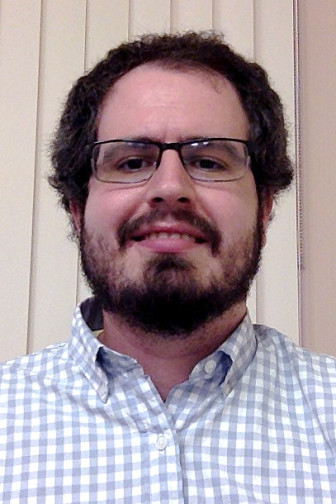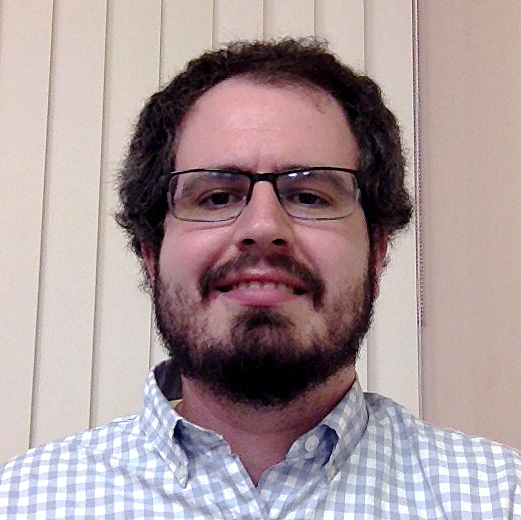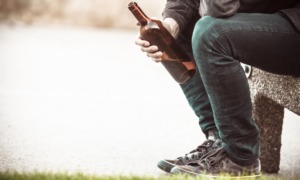 I’ll reach a personal milestone next month — on April 17 to be exact. On that day, I’ll celebrate eight years sober from mood- and mind-altering substances.
I’ll reach a personal milestone next month — on April 17 to be exact. On that day, I’ll celebrate eight years sober from mood- and mind-altering substances.
This particular anniversary is important to me for a few reasons, only one of which I’ll share with you now. I drank and drugged for seven long and hell-raising years, from ages 12 to 19.
Hitting eight years sober means I’ve officially been in recovery longer than I was in active addiction. That’s something incredibly special to my family, my loved one and, most importantly, to me.
It’d be disingenuous to sit here and say I accomplished this alone, though. I couldn’t have done it without the help of several treatment centers, their amazing staff, my family and various 12-step supports.
It’s the treatment center I’d like to talk about today. I’ve written before about various parts of addiction treatment, but today I’m going to explore some of the lesser-known areas that can make or break a patient’s treatment experience — especially an adolescent or young adult.
I won’t mention the importance of behavioral health technicians (BHTs) here, though they certainly are cornerstones of any quality program. I previously wrote a column on the importance of treatment centers hiring good (as nebulous a quality as good may be) behavioral health technicians.
If you’re a youth worker, parent, family member, friend or caregiver to a young person who needs treatment, make sure to vet the following areas of any programs. This won’t only help you make an informed and empowered decision. It may just help save a life.
The patient community
The attitude of a program’s community will directly affect all patients’ attitudes. This is especially true of adolescents struggling with addiction, whose behavior is largely dependent upon their peer group.
It’s important to understand why community can impact your loved one’s treatment in such a profound way. Having been to more than my fair share of treatment centers, I’m a bit of an expert in this particular area.
If everyone is working together toward a common goal — long-term recovery of body, mind and spirit — you can bet your young loved one will work toward that goal too. If, on the other hand, everyone is distracted and looking for anything but recovery, well, it’s probably best to avoid that program until a new community enters.
This is true for both inpatient rehabs and lower levels of care. In fact, the health of a community is probably even more important in intensive outpatient and outpatient programs due to the relative freedom these programs offer. If a patient isn’t set on getting better, they have a much higher chance of relapsing and, unfortunately, of taking other patients with them.
Community living
Just as important as the health of a particular treatment community, even more important in some cases, are the living conditions. While this may not seem entirely evident at first, let’s consider an example.
A quick note — the following mainly applies to Florida Model treatment programs, where the residential and clinical spheres of treatment are distinct and patients live in apartments or houses, rather than a hospital setting.
One treatment center has great clinical care, wonderful BHTs and a healthy community — but residences are located in a part of town known for student housing and loud parties.
Another treatment center has a mediocre clinical program and BHTs, but their residences are located in a quieter and more settled part of town.
While the first treatment center may still be preferable thanks to their clinical excellence, community living is certainly something to keep in mind and something that often doesn’t get the attention it deserves.
Diversity of groups & workshops
While depth of therapeutic groups certainly trumps breadth in the world of treatment, it’s still important for a rehab to offer patients a range of different groups.
Everyone experiences substance abuse differently, personally even. This is especially true of teenagers and young adults, who often have unique values, views and perspectives on both addiction and recovery.
It’s important for treatment centers to not only offer the mainstays — groups and workshops like relapse prevention, single-gender issues, family dynamics, healthy coping skills, the 12-steps, etc. — but to have other offerings like art therapy, music therapy, Eastern medicine, secular sobriety, yoga and so much more.
Recreational activities
A program’s recreational activities are important for a few reasons. First, they’re a great way for patients to unwind and get in touch with their body during an intellectually focused clinical day.
This isn’t the most important reason for treatment centers to incorporate recreational activities into their core program, though. The most important reason is as simple — and ultimately as complicated — as showing their young patients that it’s possible to have fun in recovery.
This may sound like a throwaway point. It certainly did to me the first time I heard it. Speaking from personal experience, however, I turned to drugs and alcohol as not only coping mechanisms, but as a way to have fun and enjoy an otherwise boring life (I was also struggling with mental illness).
After a few years, I thought it wasn’t possible to have any fun without a joint, a beer or some pills. Guess where I learned that wasn’t the case? You got it — in treatment.
The program I was in took us to the beach and to see movies on the weekends. They took us fishing and ice-skating. They took us to drum circles and other holistic events. We even had a weekly game night where we’d play Monopoly and other classic board games.
These experiences were the first time I’d laughed in … well, in years. They showed me that it was possible to be a “normal” person, to do “normal” things, to not need a head full of chemicals to enjoy myself.
Anecdotally, I’ve heard the same story from many people in the rooms of recovery. This leads me to believe I wasn’t alone in needing these recreational activities and that adolescents in treatment can benefit greatly from them.
Ways to find this information
There are a number of ways to obtain all the above information. First, and probably easiest, is to browse a treatment center’s website.
This tactic, however, isn’t guaranteed to always pay off. Thanks in part to the often-confusing world of addiction treatment Internet marketing, you may not find the detailed information you’re looking for.
You can also call a program and ask them these questions yourself. Much like checking out their website, this may not give you all the answers you’re searching for. Sometimes the admissions representative you talk to won’t have all this information. Sometimes they’ll be more focused on getting an admission than on being truthful. It’s sad, but it does occasionally happen.
Another course of action is to look up third-party reviews and the social media presence of a particular program. Social media’s great because it offers a rather organic view of what a treatment center is like. Rehabs also often showcase their staff, residences and recreational activities on their social profiles.
Finally, it can be helpful to talk to the families of a program’s alumni. If you know any personally, ask away. If you don’t, as is often the case, most treatment centers have an alumni coordinator. Reach out to them and see if they will put you in contact with alumni families.
This type of deep and comprehensive research into some of the lesser-known areas of treatment, reaching past even due diligence, is a sure way to help make the best possible decision or referral.
David Greenspan is a writer, coordinator and media specialist at the Pennsylvania treatment center Malvern Institute. He’s been in recovery since 2008 and finds no greater joy than helping people still struggling with addiction.































